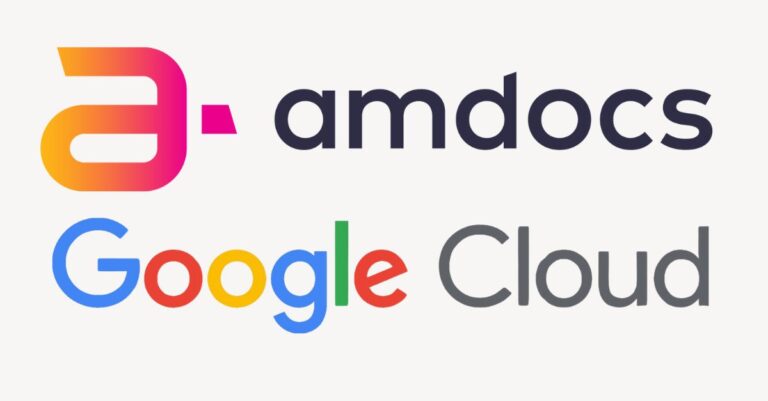Wildfires can have devastating consequences, threatening lives and property. And they’re a growing problem, burning nearly twice as much forested land today as they did just 20 years ago. 5G can help change that. T-Mobile announced that it has teamed up with Pano AI – a disaster preparedness technology solutions provider – and Portland General Electric to deploy 5G-connected cameras that enable AI-powered active wildfire detection near Portland, Oregon, to help identify the first sign of wildfires and ultimately stop them before they spread.
Video Credit: T-Mobile | Fighting Fire with T-Mobile 5G
Pano AI – a participant of the 5G Open Innovation Lab, which T-Mobile cofounded – deploys ultra-high-definition cameras and its proprietary Artificial Intelligence (AI) platform to constantly scan for and identify wildfires in the very early stages. The massive bandwidth and far reach of T-Mobile’s 5G network allows Pano AI to gather extremely high-quality video in at-risk areas and send vast amounts of data to Pano AI’s command center in real time, maximizing the effectiveness of its AI platform and spotting potentially dangerous situations quickly and reliably.
“This is why we’ve been focused on building a 5G network for all – not just in densely-populated areas but across the country, into rural communities and remote environments as well,” said Neville Ray, President of Technology at T-Mobile. “Pano AI has developed an innovative solution that is poised to save lives and limit the devastation often caused by wildfires, and it’s both humbling and rewarding that T-Mobile’s 5G network is uniquely positioned to help bring it to life.”
“Firefighters are looking for ways to detect, confirm and pinpoint a fire within minutes, and modern technology makes that very possible,” said Sonia Kastner, CEO of Pano AI. “Wildfire detection is especially important in rural and remote areas, and thanks to the long range of T-Mobile’s 5G network, we can bring Pano AI’s solution to some of the most vulnerable locations across the country.”
Last year, nearly 60,000 wildfires burned more than seven million acres of land in the U.S., according to the National Interagency Fire Center. And data shows that these fires are getting worse over time, due to more severe winds and drier conditions. As the first company to offer a fully-managed solution for active wildfire detection using AI, Pano AI has made it their mission to combat wildfires by providing intelligence that leverages the latest technology, including 5G. Pano AI works with utilities, governments, fire authorities, forestry companies, and private land owners to deploy their solution. Portland General Electric is the first to utilize Pano AI on T-Mobile’s 5G network.
“We put the safety of our customers, employees and communities first and this type of innovation allows us to do that by monitoring and detecting wildfires faster and more reliably than other methods,” said Larry Bekkedahl, senior vice president of Advanced Energy Delivery at Portland General Electric. “The stakes are high when it comes to detecting wildfires, and we need access to breakthrough technologies and reliable connectivity, which both Pano AI and T-Mobile bring to the table.”
T-Mobile is the leader in 5G with the country’s largest, fastest and most reliable 5G network. Covering more than 97% of Americans across 1.8 million square miles – most of which are in rural America – T-Mobile has the ideal 5G network with the breadth and capacity to meaningfully support Pano AI’s active wildfire detection service. T-Mobile’s 5G network is connecting Pano AI cameras in the Portland area today, and the companies plan to expand their collaboration to more areas across the country.























